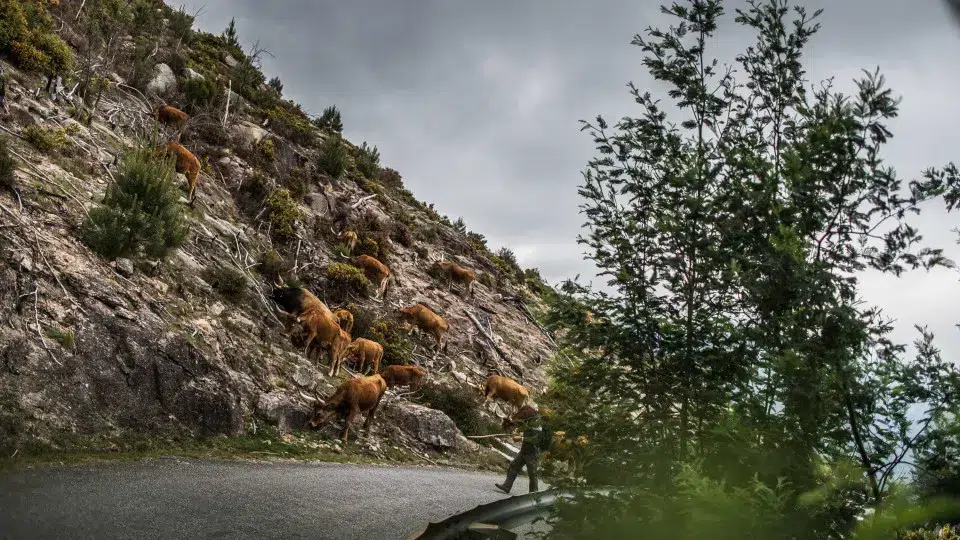
New research has revealed that the introduction of an Australian insect could reduce seed production of the invasive acacia-de-espigas by up to 98% in Portuguese dunes, effectively preventing the species from thriving. The study was conducted by researchers from the Life Sciences Department of the Faculty of Science and Technology at the University of Coimbra (UC) and the Agrarian School of Coimbra (ESA) of the Polytechnic Institute of Coimbra (IPC).
The insect, scientifically named ‘Trichilogaster acaciaelongifoliae’, was introduced in 2015 following extensive testing and risk analysis. Monitoring was carried out for six years in multiple dune locations in the Central region.
The findings, indicating up to a 98% reduction in some areas in the annual seed production of the invasive plant, underscore the insect’s effectiveness as a sustainable tool for dune ecosystem recovery.
“Nine years on, seed production has nearly vanished in areas where the agent has long been established,” explained Liliana Neto Duarte, the study’s lead author and researcher at UC’s Functional Ecology Center and ESAC/IPC’s Center for Research in Natural Resources, Environment and Society.
According to a 2015 article on Invasoras.pt, the small insect originates from the same region in Australia as the acacia-de-espigas and acts as the plant’s exclusive natural adversary.
“By laying eggs in the budding flowers of acacia-de-espigas, the plant reacts by forming galls (…) in place of flowers.”
Without flowers, there are no pods, hence, no seeds. Consequently, the plant’s life cycle is disrupted, and its seed reservoir remains stagnant.
The research emphasized that “the increase in galls formed by the insect led to a dramatic decrease in pod and seed production, inhibiting the reinforcement of the seed bank in the soil – a primary mechanism ensuring the invader’s persistence.”
Researchers also noted the progressive weakening of some trees under heavy gall pressure, which “may lead to death in some cases.” They advocate integrating this biological control with other methods, such as mechanical cutting and maintaining gall-bearing trees in intervention areas to ensure long-term control.
“This is a crucial step to break the reproductive cycle of acacia-de-espigas and facilitate the regeneration of native dune vegetation,” stated Elizabete Marchante, a fellow Functional Ecology Center researcher.
The insect was highlighted as a solution to control acacia invasions over a decade ago in an Invasoras.pt article, which stated that its introduction in Portugal only received national and European authorization after over 12 years of testing and evaluations, originally requested in 2003.
The issue had been identified in South Africa in the 1980s, where the Australian insect was introduced successfully in 1987, reducing seed production of acacia-de-espigas by over 85% in the country.




